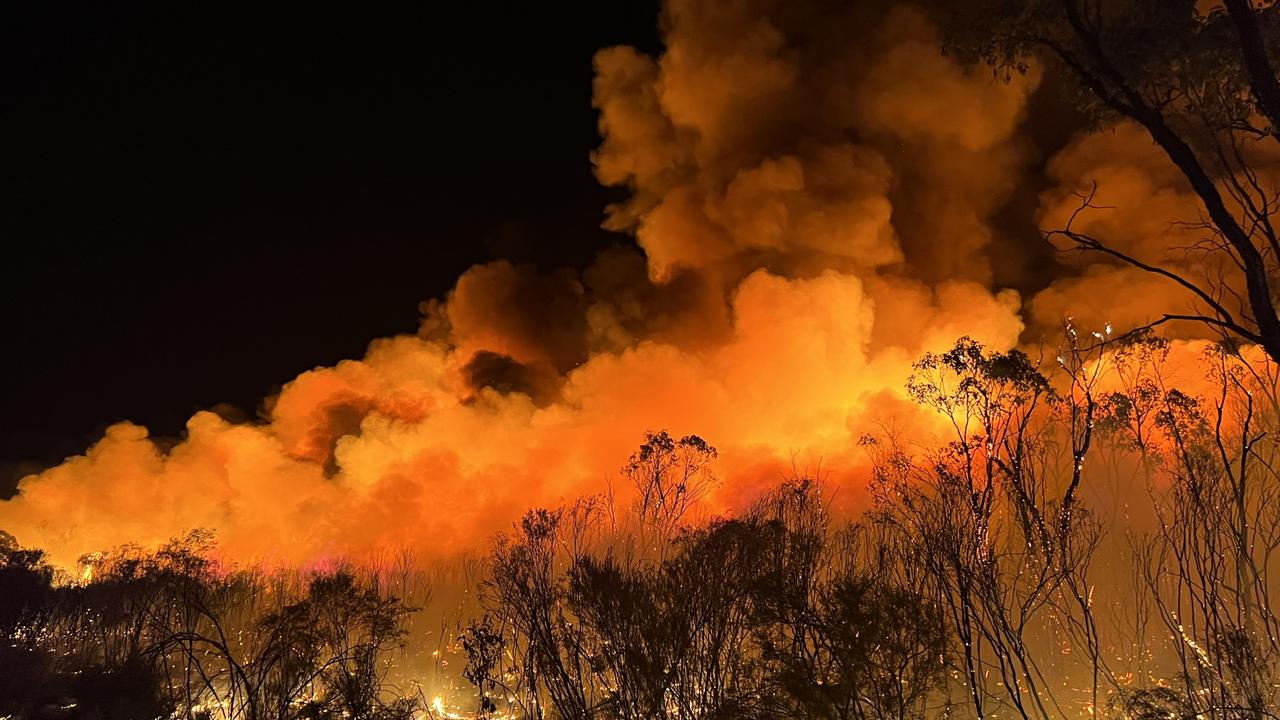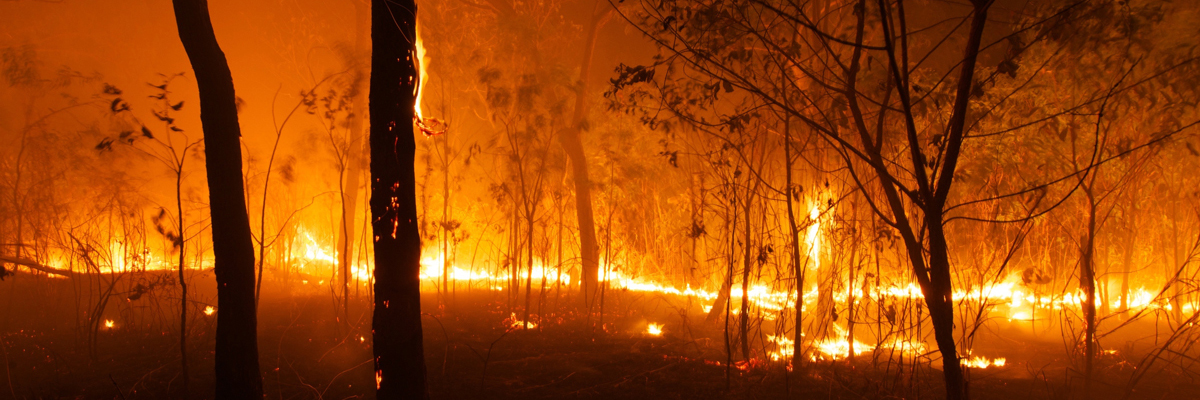Proactive Residential Or Commercial Property Security: Leveraging the Insights of a BAL Report
Exactly How BAL Record Impacts Shrub Fire Defense Measures
In the realm of bush fire defense, the Structure Strike Level (BAL) report stands as a critical device that considerably affects the safety and security and strength of residential properties in fire-prone locations - BAL Report. The impact of a BAL evaluation expands much beyond simple documents; it acts as the foundation for establishing the appropriate construction criteria and fire security procedures essential to minimize the threats postured by bushfires. As areas come to grips with progressively severe fire periods, understanding how the BAL record shapes these protective measures comes to be critical for policymakers, property owners, and building contractors alike
Understanding the Bushfire Strike Degree

Relevance of BAL Record Analysis

Furthermore, the BAL record analysis serves as a fundamental step in following lawful responsibilities and demands associated with bushfire defense. Regional councils and authorities typically mandate the entry of a BAL record as component of the preparation and structure approval process to i was reading this ensure that residential or commercial properties are effectively protected against bushfire risks. Falling short to perform a complete BAL record assessment can cause insufficient defense steps, leaving buildings at risk to ruining bushfire events.
Building And Construction Specifications Based on BAL
A comprehensive understanding of the Bushfire Attack Degree (BAL) allows property proprietors to apply building and construction criteria tailored to their details risk profile. Construction criteria based on BAL are crucial in reducing the effect of bushfires on homes. The BAL ranking categorizes the possible threat a building encounters during a bushfire on a range from BAL-Low to BAL-FZ (Flame Zone)
Applying Fire Protection Measures
With the structure of building criteria based on Bushfire Attack Degree (BAL) in location, the emphasis currently changes towards the practical execution of fire defense steps to fortify residential properties versus bushfire hazards. Easy actions consist of making use of fireproof structure materials, installing cinder guards on vents, sealing voids in wall surfaces and roof coverings, and maintaining a clear space around the building totally free from combustible vegetation. By integrating both passive and energetic methods, buildings can substantially lower their susceptability to bushfire occurrences and boost the safety of owners.
Shielding Residences Against Bushfires
Efficiently securing homes against the devastating impacts of bushfires needs a detailed and positive method to fire security measures. In addition, sealing vents and gaps to stop ember intrusion, as well as incorporating fire-resistant doors and windows, can help fortify the home's defense versus bushfires. By accepting a you could look here proactive stance and integrating these safety steps, property owners can significantly enhance their chances of protecting their homes against bushfires.
Conclusion
Finally, the Bushfire Strike Level (BAL) report plays a crucial role in establishing the required protection steps against bushfires. By analyzing the BAL, building requirements can be customized to minimize the risks and make certain the security of homes in fire-prone areas. Executing fire security procedures based upon the BAL record is essential in safeguarding properties from possible bushfire risks. It is essential for home owners to focus on BAL assessments and adhere to suggested construction criteria to improve bushfire durability.
In examining bushfire danger to residential or commercial properties, recognizing the Bushfire Strike Level (BAL) is a crucial part for implementing efficient protection actions. Overall, a clear understanding of the link Bushfire Strike Degree is important for executing ample defense procedures and reducing the effect of bushfires on buildings.
